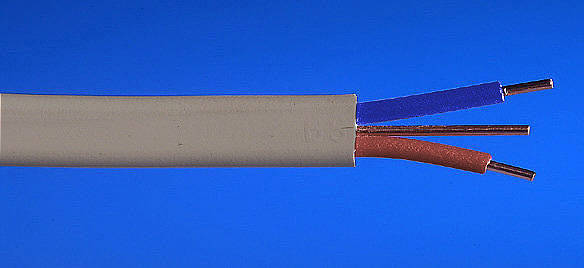Hi,
We recently moved into a 1965 house, the fuse box looks not too old and I will get the electrics properly checked at some point, but just after some general advice...
Some of the wiring seems perfectly modern, I've had to rewire a couple of sockets, that all had the standard individually insulated 3 wires.
I then went to change a single socket into a double converter faceplate, and found it had what looked like really old wiring in it, at least the Earth wire had no insulation at all. These were really big wires as well (3 for live and 3 for neutral?) I couldn't really fit them in the new faceplate I purchased.
See pictures:
ibb.co/cJzRsSh
and
ibb.co/ZhQ0Lxk
Anyone know how old or how much of a problem this type of wiring is? Should I be concerned about needing to rewire in the near future or any issues with insurance? I've not noticed any problems with lighting or electric loads etc.
Thanks!
We recently moved into a 1965 house, the fuse box looks not too old and I will get the electrics properly checked at some point, but just after some general advice...
Some of the wiring seems perfectly modern, I've had to rewire a couple of sockets, that all had the standard individually insulated 3 wires.
I then went to change a single socket into a double converter faceplate, and found it had what looked like really old wiring in it, at least the Earth wire had no insulation at all. These were really big wires as well (3 for live and 3 for neutral?) I couldn't really fit them in the new faceplate I purchased.
See pictures:
ibb.co/cJzRsSh
and
ibb.co/ZhQ0Lxk
Anyone know how old or how much of a problem this type of wiring is? Should I be concerned about needing to rewire in the near future or any issues with insurance? I've not noticed any problems with lighting or electric loads etc.
Thanks!


